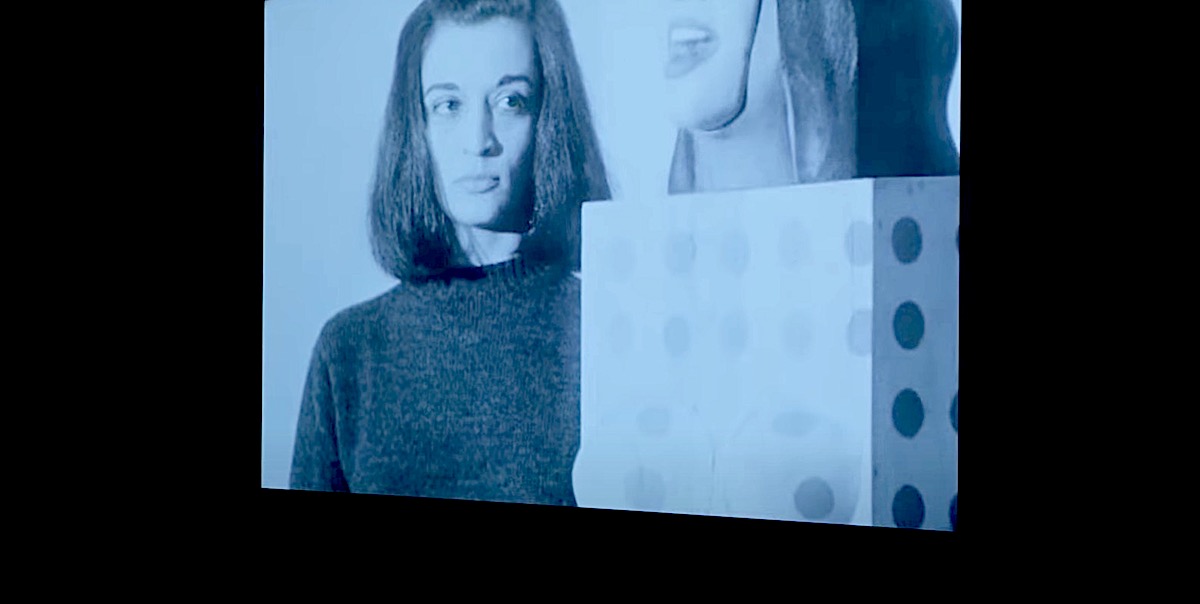Marisol, the Venezuelan-American artist who created assemblages combining folk and Pop Art has died in Manhattan. She was 85. Marisol was a glamorous fixture on the 1960s art scene in New York. Born María Sol Escobar, she adopted the name Marisol and had her first in New York exhibition in the late 1950s. Influenced by pre-Columbian imagery and the Pre-Pop creations of Robert Rauschenberg and Jasper John, she began making painted carved wooden figures incorporating found objects. At one point in the early 1960s she was as well known and popular as Andy Warhol. She was also a key influence on a whole generation of Feminist artists like Judy Chicago and her contemporaries.
Her work “The Family,” exhibited at the Stable Gallery in 1962, depicted a painted-wood family influenced by Dorothea Lange’s photographs of the Dust Bowl. The work shows a seated mother holding a baby, her three children standing at her side, all staring stiffly at the viewer. The New York Times said; “They wore real shoes and sneakers. It was a down-market counterpart to her 1960 work “The Kennedy Family,” which made the first family look like a set of tribal totems”. “Critics were puzzled. Was Marisol a Pop artist or not? The critic Lucy Lippard, in “Pop Art” (1966), said no, calling her work “a sophisticated and theatrical folk art” that had nothing to do with Pop. It was often overtly political and funny — “clever as the very devil and catty as can be,” John Canaday wrote in The New York Times of her 1967 exhibition featuring sculpture caricatures of the British royal family, President Lyndon B. Johnson and other eminent figures. She drew on celebrity images, as well, creating sculptures of John Wayne and Bob Hope;” They added.
Warhol did a Marisol by turning self-absorption into an art form. She cast her own body parts and images of her face into works like “The Party,” whose 13 figures and two servants all derived from her own features. She also fused commercial products with her work, most notably in “Love” (1962), in which a cast of her own open mouth received an upended Coca-Cola bottle. Like Warhol and his disciple Jeff Koons, Marisol was aloof and opaque, a master of the gnomic pronouncement. “I don’t think much myself,” she told the critic Brian O’Doherty in The Times in 1964. “When I don’t think, all sorts of things come to me.”
Marisol also sculpted the British royal family exhibited at the Sidney Janis gallery in 1967. Janis galleries tuned her into a star. She was included in “The Art of Assemblage” in 1961 at the Museum of Modern Art, which gave her her own room in the showcase exhibition ”Americans, 1963.” Gloria Steinem profiled her in Glamour. In 1968 she exhibited work at both the Venice Biennale and Documenta in Kassel, West Germany. The cause of her death was pneumonia, Julia M. Ruthizer, her executor, confirmed She leaves no immediate survivors.

